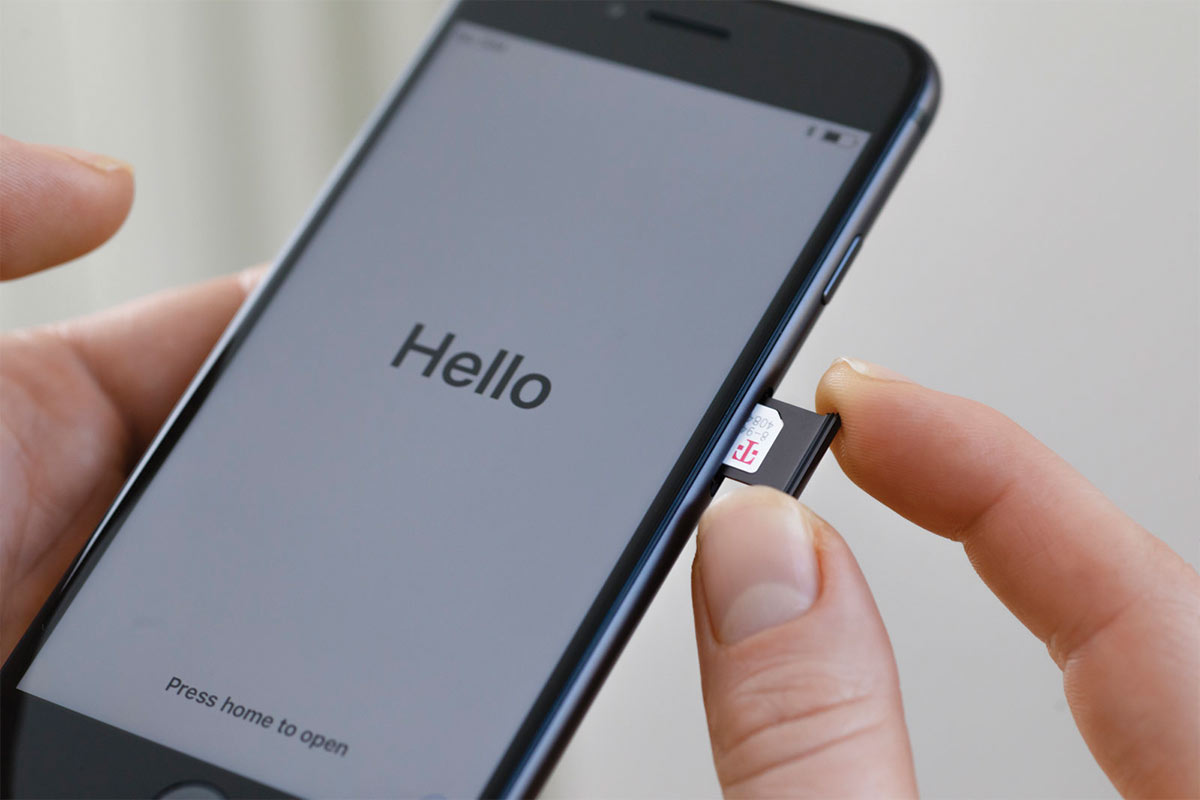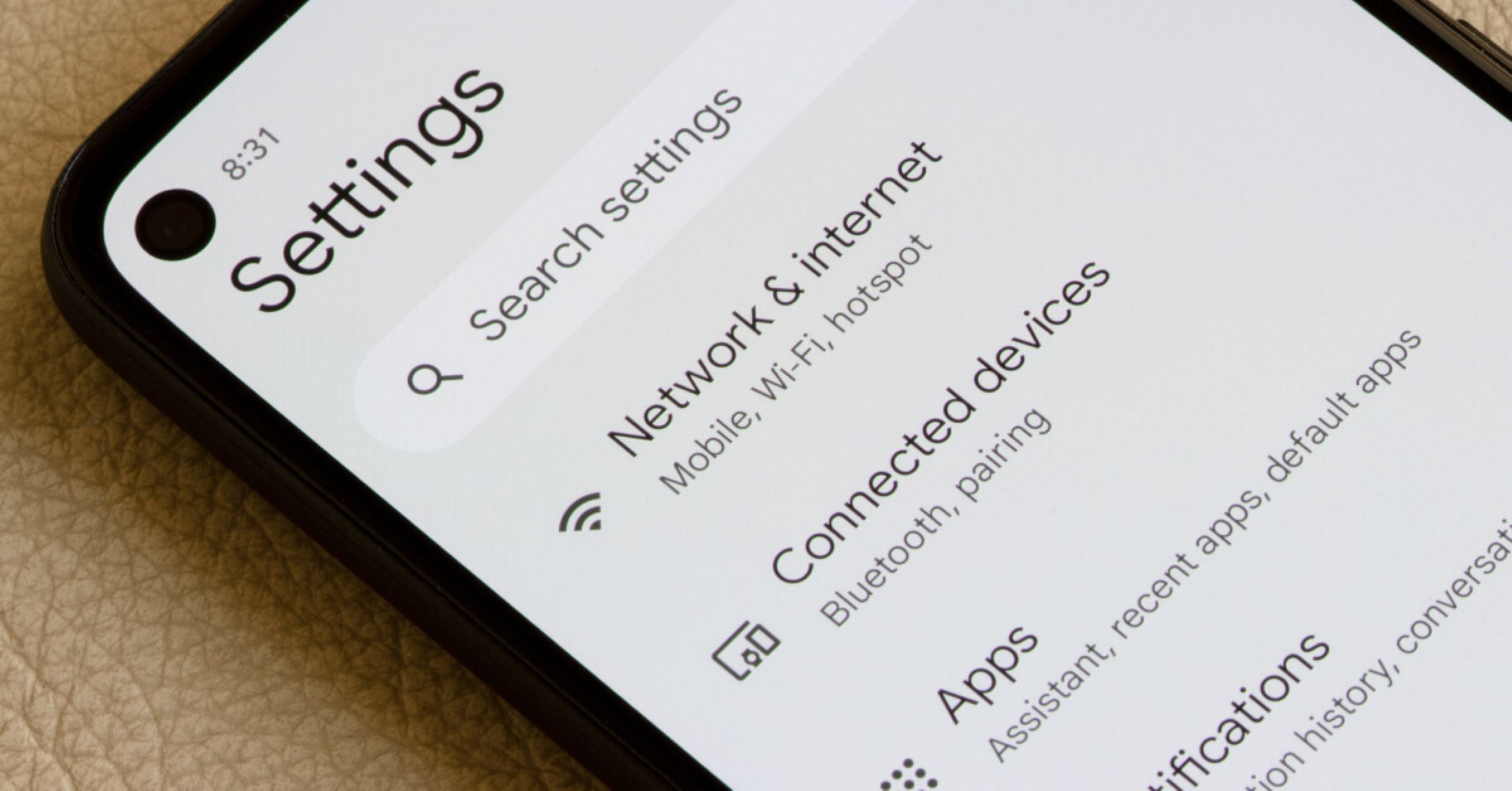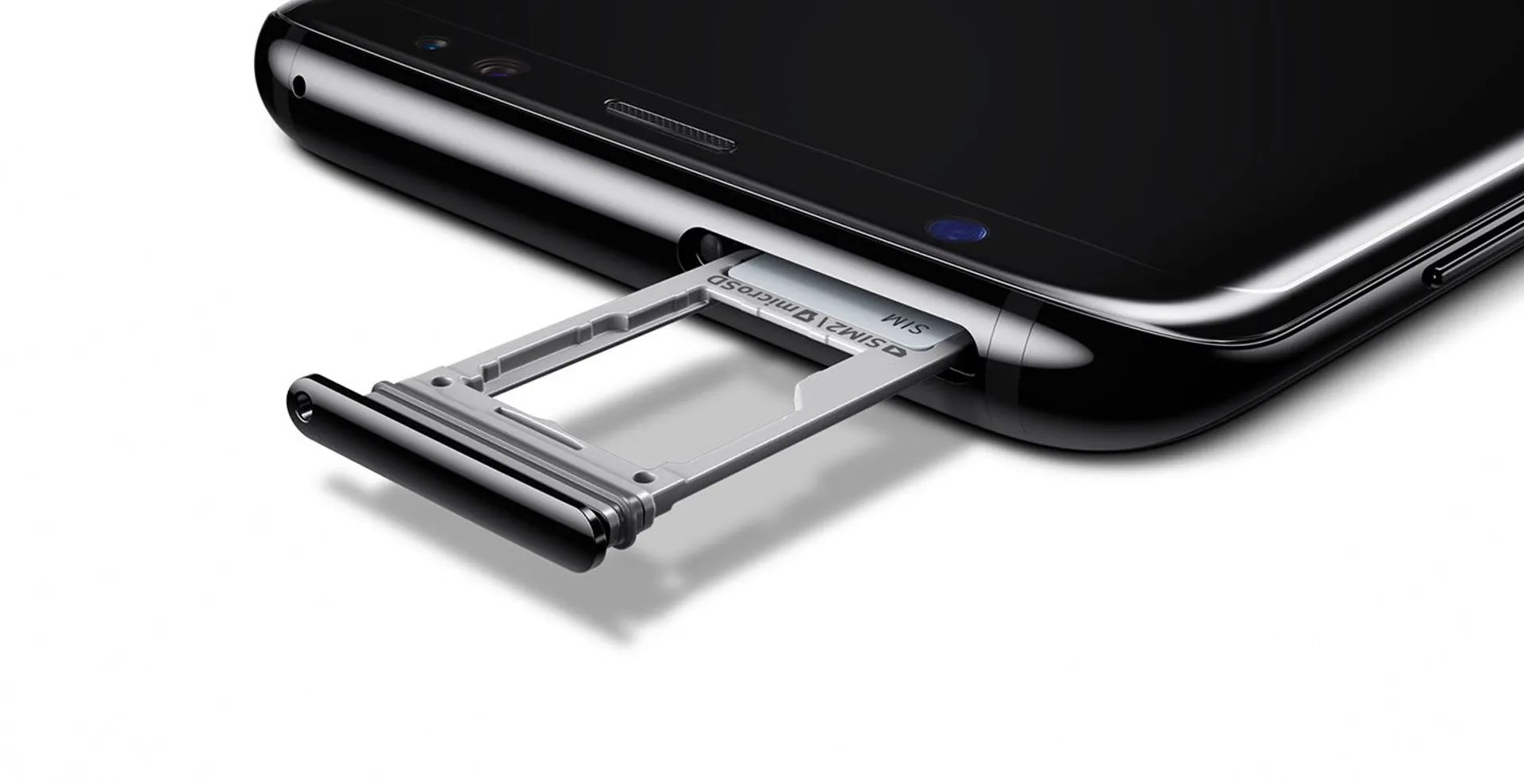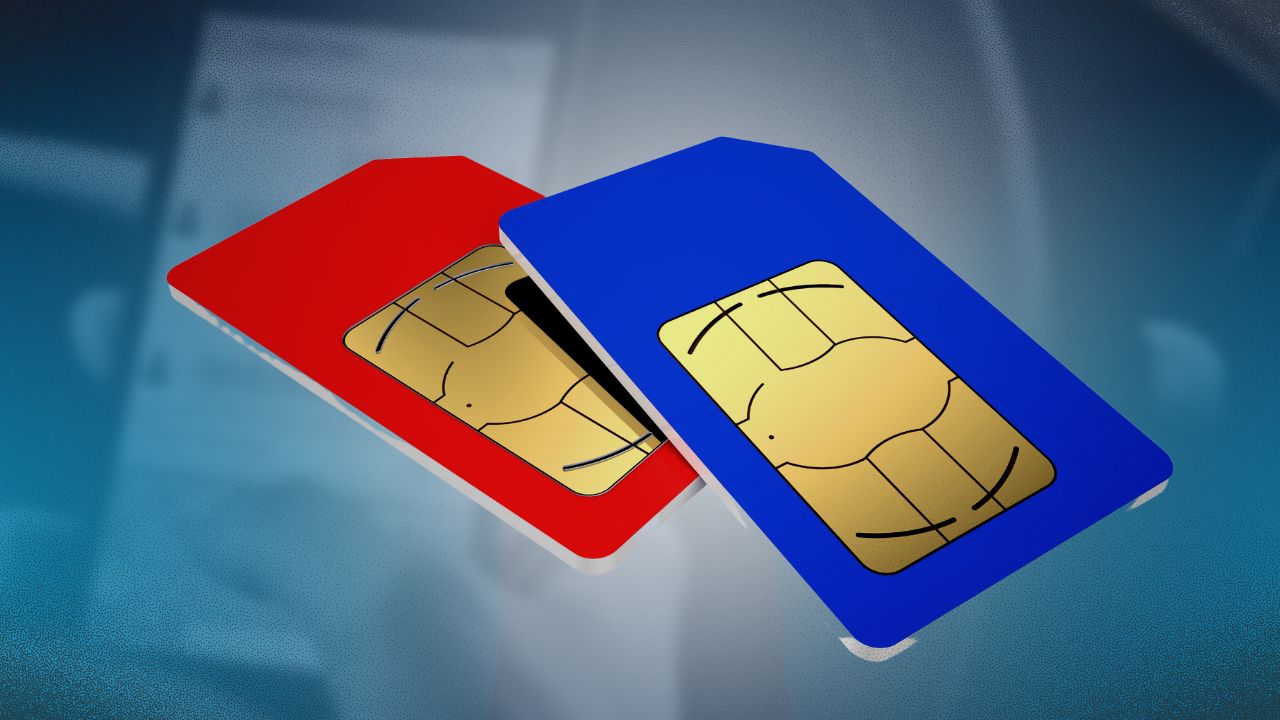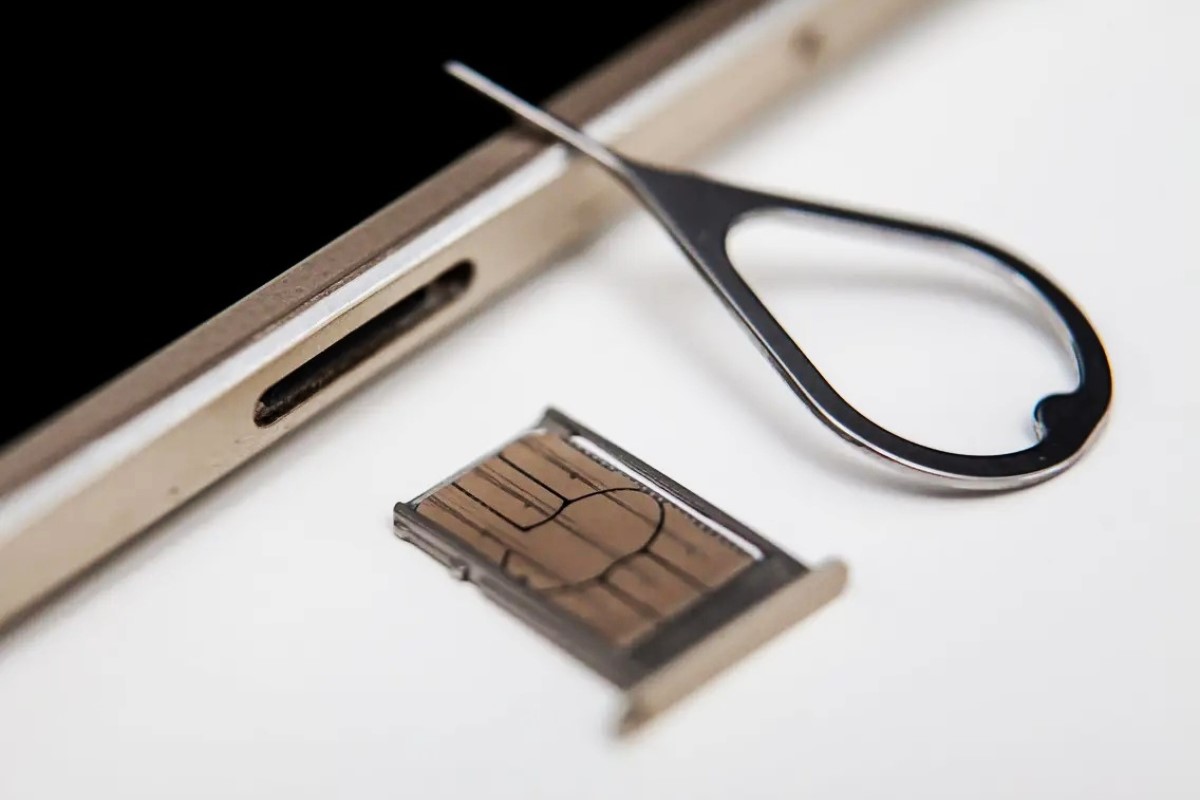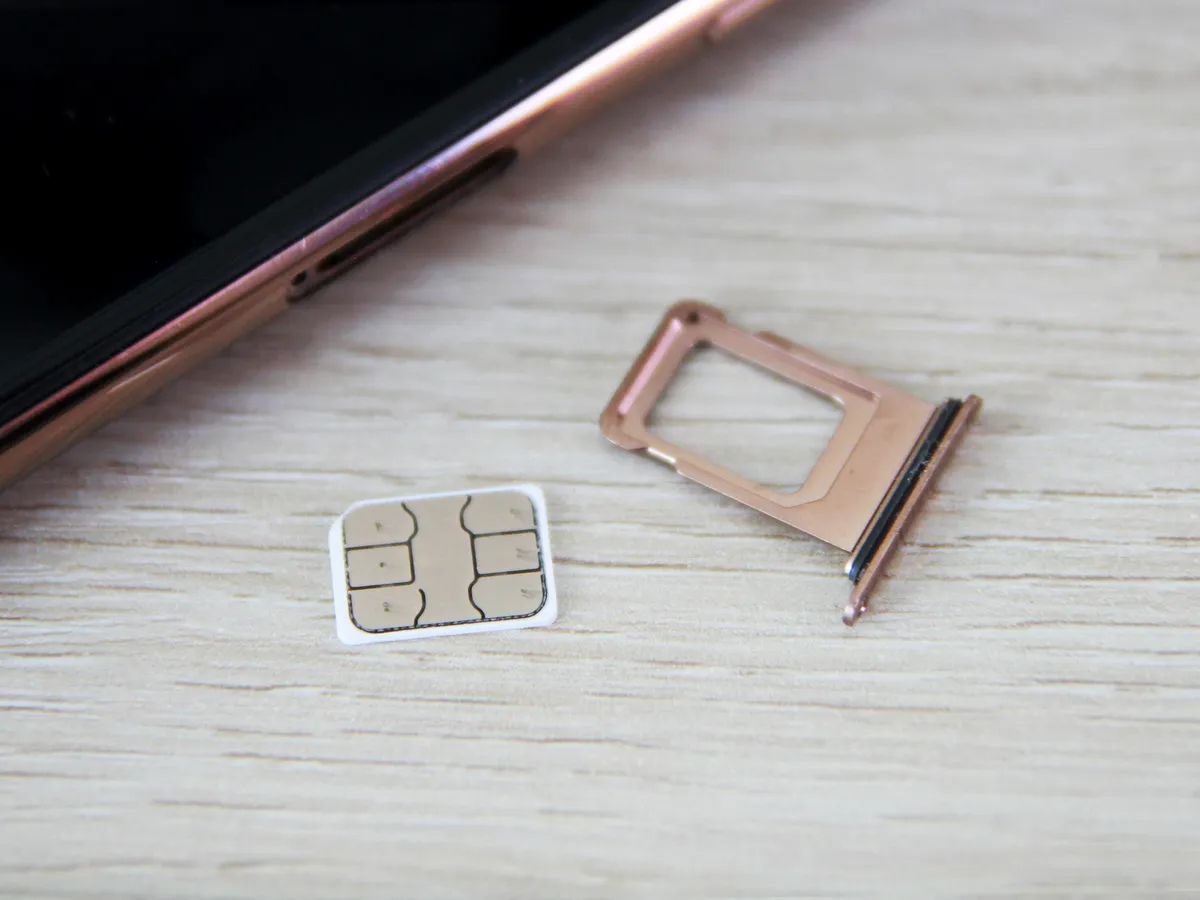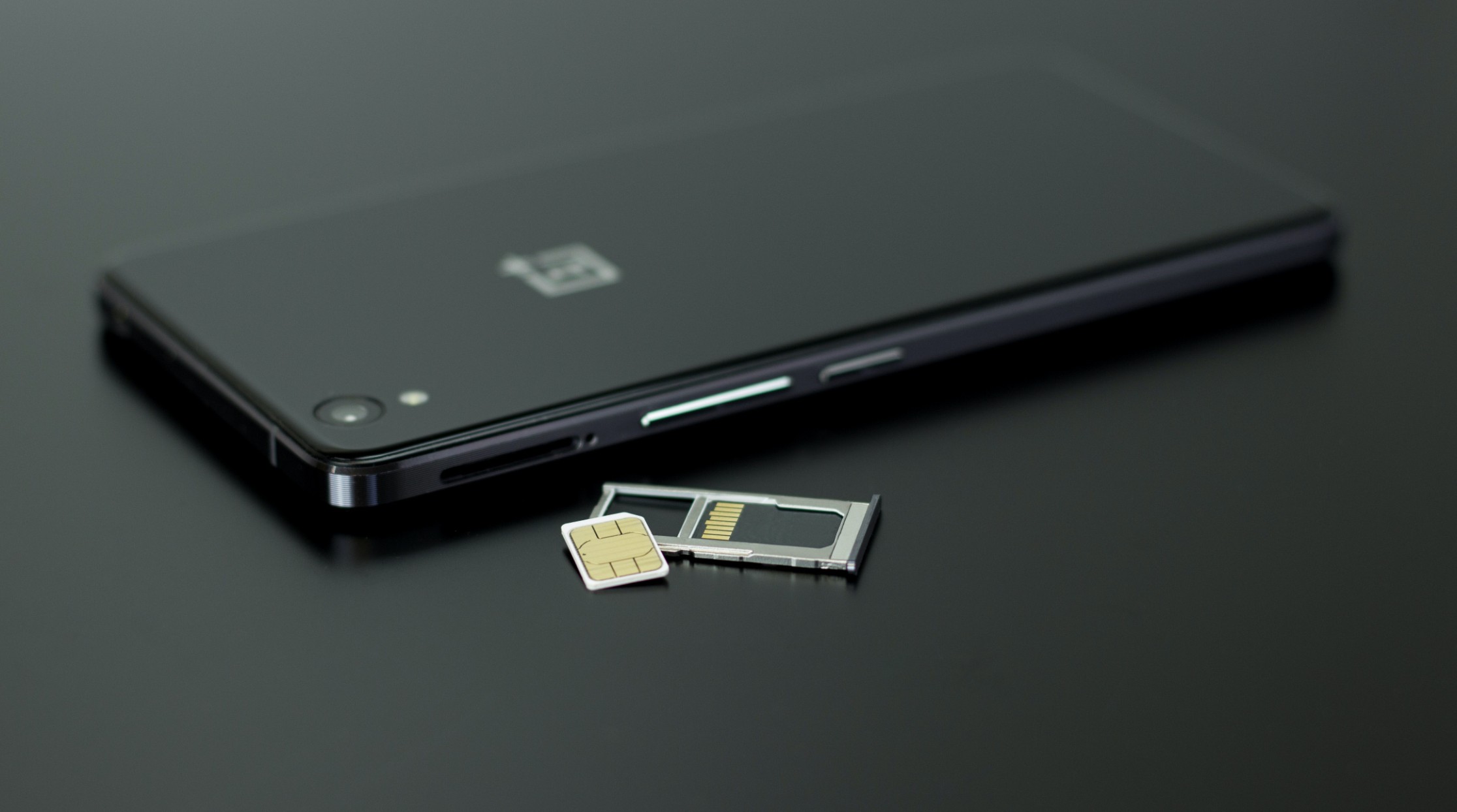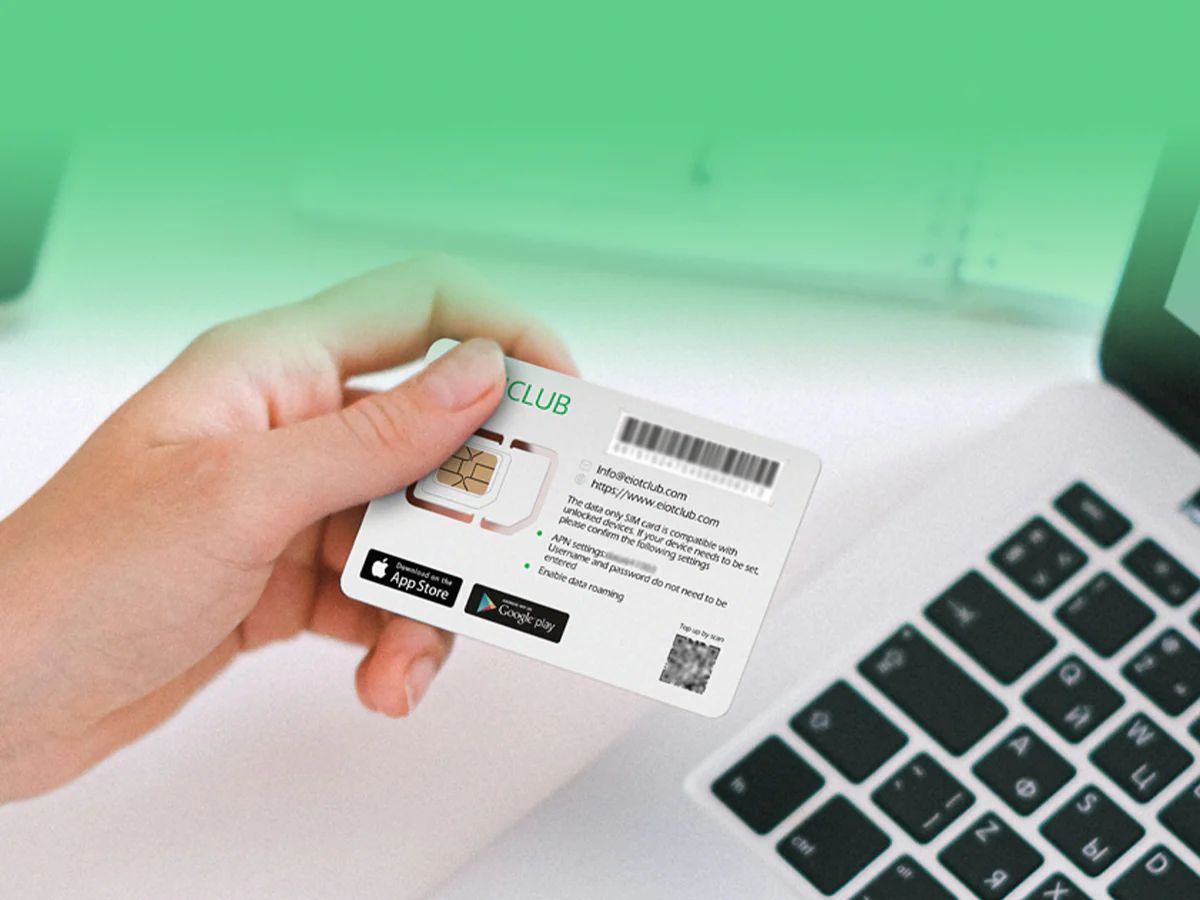What is a SIM Card?
A SIM card, or Subscriber Identity Module card, is a small, removable smart card that is inserted into mobile devices such as smartphones, tablets, and some feature phones. It serves as the link between the mobile device and the cellular network, enabling the device to connect to the network and make calls, send text messages, and access mobile data services.
The SIM card contains essential information that uniquely identifies the user and the mobile device on the network. This information includes the International Mobile Subscriber Identity (IMSI), which is a unique number that identifies the user, and the Integrated Circuit Card Identifier (ICCID), which is a unique number that identifies the SIM card itself.
In addition to these identification numbers, the SIM card also stores key information such as the authentication key, which is used to verify the user's identity and encrypt communications between the device and the network. This security feature helps prevent unauthorized access to the network and protects the user's personal information.
Furthermore, the SIM card contains network-specific information, such as the Mobile Country Code (MCC) and Mobile Network Code (MNC), which identify the mobile network operator that the SIM card is associated with. This information is crucial for the device to connect to the correct network and access the services provided by the operator.
Overall, the SIM card plays a fundamental role in enabling mobile communication and data services. Without a functioning SIM card, a mobile device would be unable to connect to the cellular network and would be limited to using only Wi-Fi for communication and internet access.
In summary, a SIM card is a small but indispensable component of mobile devices, providing the essential link to the cellular network and enabling users to stay connected wherever they go.
The Function of a SIM Card
A SIM card serves as the key that unlocks the door to the cellular network, allowing mobile devices to connect, communicate, and access data services. Its primary function is to uniquely identify the user and the device on the network, enabling seamless communication and secure access to mobile services. Let's delve deeper into the multifaceted functions of a SIM card:
-
User Authentication: The SIM card contains a unique International Mobile Subscriber Identity (IMSI) that authenticates the user on the network. When a user inserts the SIM card into a mobile device and powers it on, the device communicates with the cellular network, and the IMSI is used to verify the user's identity. This process is crucial for ensuring that only authorized users can access the network and its services, enhancing security and privacy.
-
Device Authentication: In addition to authenticating the user, the SIM card also plays a vital role in authenticating the mobile device itself. Each SIM card has a unique Integrated Circuit Card Identifier (ICCID) that identifies the card and links it to a specific device. This linkage ensures that the device is recognized and allowed to connect to the network, preventing unauthorized devices from accessing the network resources.
-
Encryption and Security: The SIM card stores an authentication key that is used to encrypt communications between the device and the network. This encryption mechanism safeguards the confidentiality and integrity of data transmitted over the network, protecting users from unauthorized interception and ensuring secure communication.
-
Network Identification: The SIM card holds essential network-specific information, including the Mobile Country Code (MCC) and Mobile Network Code (MNC), which identify the mobile network operator associated with the SIM card. This information allows the device to connect to the correct network and access the services provided by the operator, ensuring seamless connectivity and service availability.
-
Service Provisioning: SIM cards can also store additional information related to the user's mobile services, such as contact details, text messages, and service settings. This feature enables users to access and manage their mobile services directly from the SIM card, providing a convenient and portable way to carry essential information and settings across different devices.
In essence, the SIM card's functions extend beyond mere identification, encompassing critical security measures, network connectivity, and service provisioning. Its role as the gateway to mobile networks underscores its indispensability in modern communication, making it an essential component of any mobile device.
Types of SIM Cards
SIM cards come in various types, each designed to cater to specific technological requirements and user preferences. Understanding the differences between these types is essential for selecting the most suitable SIM card for a particular mobile device. Here are the primary types of SIM cards:
-
Standard SIM (Mini-SIM): The standard SIM, also known as the Mini-SIM, was the first widely used form factor for SIM cards. It measures approximately 25mm x 15mm and is characterized by its larger size compared to newer variants. While it is less common in modern devices, some older phones and certain IoT (Internet of Things) devices still utilize the standard SIM format.
-
Micro-SIM: As mobile devices evolved to become more compact, the need for smaller SIM cards arose, leading to the development of the Micro-SIM. This type of SIM card, measuring around 15mm x 12mm, gained popularity with the introduction of devices that required a smaller form factor, such as early iterations of smartphones and tablets.
-
Nano-SIM: With the continuous miniaturization of mobile devices, the Nano-SIM emerged as the smallest SIM card variant in widespread use today. Measuring merely 12.3mm x 8.8mm, the Nano-SIM is notably smaller than its predecessors, allowing for greater design flexibility in modern smartphones and other portable devices.
-
Embedded SIM (eSIM): A relatively recent innovation in SIM card technology, the embedded SIM, or eSIM, represents a departure from traditional physical SIM cards. Instead of a removable card, the eSIM is embedded directly into the device's hardware, offering a more integrated and streamlined approach to mobile connectivity. This type of SIM enables users to switch between mobile carriers and plans without needing to physically swap SIM cards, making it particularly advantageous for users who frequently travel or require flexibility in their mobile service providers.
Understanding the distinctions between these SIM card types is crucial for ensuring compatibility with a wide range of mobile devices. Additionally, as the industry continues to evolve, it is essential for users to stay informed about emerging SIM card technologies and form factors to make informed decisions when acquiring new devices or mobile services.
The Importance of a SIM Card
The significance of a SIM card in the realm of mobile communication cannot be overstated. It serves as the linchpin that enables seamless connectivity, secure authentication, and access to an array of mobile services. The following points highlight the pivotal importance of a SIM card:
-
Connectivity: A SIM card is the conduit through which mobile devices establish connections with cellular networks. Without a functional SIM card, a device would be unable to access voice calls, text messaging, or mobile data services. Its role in facilitating uninterrupted communication underscores its indispensability in modern life.
-
User Identity and Security: The SIM card uniquely identifies the user on the network, ensuring that only authorized individuals can access mobile services associated with the SIM card. This authentication mechanism is pivotal for safeguarding user privacy and preventing unauthorized access to the network, thereby enhancing overall security.
-
Device Recognition: In addition to authenticating the user, the SIM card also plays a crucial role in authenticating the mobile device itself. This ensures that only authorized devices can connect to the network, mitigating the risk of unauthorized devices gaining access to network resources.
-
Portability and Convenience: SIM cards are portable and can be easily transferred between compatible devices, allowing users to retain their mobile identity and service subscriptions irrespective of the device they are using. This portability feature enhances user convenience and flexibility, enabling seamless transitions between different devices.
-
Global Roaming: For travelers, SIM cards play a vital role in enabling global roaming, allowing users to access mobile services while abroad. By inserting a local SIM card in their device, travelers can avoid exorbitant roaming charges and enjoy affordable local service rates in their destination country.
-
eSIM Flexibility: The emergence of embedded SIM (eSIM) technology has revolutionized the way users manage their mobile connectivity. eSIMs offer the flexibility to switch between mobile carriers and plans without the need for physical SIM card swaps, providing a streamlined and convenient approach to mobile service management.
In essence, the SIM card stands as a cornerstone of modern mobile communication, enabling users to stay connected, secure, and adaptable in an increasingly interconnected world. Its multifaceted role in facilitating connectivity, security, and portability underscores its enduring importance in the realm of mobile technology.
How to Use a SIM Card
Using a SIM card is a straightforward process that involves a few simple steps to ensure seamless connectivity and access to mobile services. Whether activating a new SIM card or transferring an existing one to a different device, the following guidelines outline the essential procedures for utilizing a SIM card effectively.
Activation and Installation
-
New Device Setup: When acquiring a new mobile device, the initial step in using a SIM card involves locating the SIM card slot. Depending on the device model, the SIM card slot may be located on the side, back, or underneath the device's battery cover. Once the slot is located, carefully insert the SIM card, ensuring that it aligns with the designated orientation and securely fits into the slot.
-
Power On: After inserting the SIM card, power on the device. Upon startup, the device will detect the SIM card and initiate the activation process. This may involve entering a PIN (Personal Identification Number) provided with the SIM card to unlock its functionality. Following successful activation, the device will establish a connection with the cellular network, enabling access to voice, text, and data services.
SIM Card Transfer
-
Device Compatibility: When transferring an existing SIM card to a different device, ensure that the new device is compatible with the SIM card type. For example, if the original SIM card is a Nano-SIM, the new device should accommodate Nano-SIM cards to ensure a proper fit.
-
Ejecting the SIM: If the existing SIM card is in another device, power off the device and locate the SIM card tray or slot. Use a SIM eject tool or a small paperclip to gently eject the SIM card from the tray.
-
Insertion: Once the SIM card is removed, insert it into the SIM card slot of the new device, following the specific insertion guidelines for the device model. Take care to align the SIM card correctly to prevent any damage to the card or the device's SIM slot.
Network Configuration
-
Network Registration: Upon inserting or transferring the SIM card, the device will register with the cellular network. This process may involve automatic network detection and registration, or in some cases, manual network selection if multiple networks are available in the area.
-
Service Activation: After successfully connecting to the network, the device will activate the mobile services associated with the SIM card, including voice calling, text messaging, and mobile data. Any additional configuration, such as setting up mobile data or messaging settings, can be adjusted through the device's settings menu.
By following these steps, users can effectively utilize a SIM card to enable communication and access to mobile services, ensuring a seamless and hassle-free experience with their mobile devices.
Common Issues with SIM Cards
SIM cards, despite their essential role in mobile communication, can be susceptible to various issues that may disrupt connectivity and functionality. Understanding these common issues is crucial for troubleshooting and resolving potential challenges encountered with SIM cards. Here are some prevalent issues that users may encounter:
-
SIM Card Not Detected: One of the most common issues is when the mobile device fails to detect the SIM card. This can be attributed to improper insertion, a faulty SIM card, or a malfunction in the device's SIM card slot. Users can address this by ensuring the SIM card is securely inserted and clean, and if the issue persists, seeking assistance from the mobile service provider or device manufacturer.
-
PIN Lockouts: Accidentally entering an incorrect PIN multiple times can result in the SIM card becoming locked. This security feature is designed to protect the SIM card from unauthorized access. Users can resolve this issue by entering the correct PUK (Personal Unblocking Key) provided by the mobile service provider to unlock the SIM card.
-
Network Registration Failure: In some instances, a SIM card may encounter difficulties registering with the cellular network, leading to a lack of network connectivity. This issue can arise from network coverage issues, an expired SIM card, or an account suspension. Troubleshooting steps may include verifying network coverage, ensuring the SIM card is active, and contacting the service provider to address potential account issues.
-
Data Connection Problems: Users may experience challenges with mobile data connectivity, such as slow data speeds, inability to access the internet, or frequent disconnections. Troubleshooting steps for this issue may involve checking mobile data settings, ensuring the device is within network coverage, and resetting network settings if necessary.
-
Roaming Issues: When using a SIM card in a different country, users may encounter difficulties with roaming services, including unexpected charges, inability to connect to local networks, or limited roaming coverage. To mitigate these issues, users can verify roaming settings, consider purchasing a local SIM card, or contact their service provider for guidance on international usage.
-
Physical Damage or Wear: SIM cards are delicate and can be susceptible to physical damage, such as scratches, bends, or exposure to moisture. These factors can impair the functionality of the SIM card, leading to connectivity issues. Users should handle SIM cards with care and consider replacing damaged cards to ensure optimal performance.
By being aware of these common issues and their potential resolutions, users can effectively troubleshoot SIM card-related challenges and maintain seamless connectivity and functionality with their mobile devices.
Conclusion
In conclusion, the SIM card stands as a pivotal component in the realm of mobile technology, serving as the gateway to seamless connectivity, secure authentication, and access to a myriad of mobile services. Its multifaceted functions, ranging from user and device authentication to network connectivity and service provisioning, underscore its indispensable role in modern communication.
The evolution of SIM card technology, from the standard Mini-SIM to the compact Nano-SIM and the innovative eSIM, reflects the dynamic nature of mobile connectivity and the ongoing pursuit of enhanced user experiences. As mobile devices continue to advance in design and functionality, the adaptability and compatibility of SIM cards remain paramount, ensuring that users can seamlessly transition between devices and access a diverse range of mobile services.
Furthermore, the importance of SIM cards extends beyond mere connectivity, encompassing vital aspects of user identity, security, and portability. The ability to switch between mobile carriers and plans with eSIM technology exemplifies the flexibility and convenience that SIM cards offer, empowering users with greater control over their mobile connectivity.
Despite their fundamental role, SIM cards are not immune to potential issues, including detection problems, PIN lockouts, and network connectivity challenges. However, armed with an understanding of these common issues and their resolutions, users can effectively troubleshoot and maintain optimal functionality with their SIM cards.
As the mobile landscape continues to evolve, with the advent of 5G technology, IoT devices, and interconnected ecosystems, the role of SIM cards remains integral to the fabric of modern communication. Whether enabling global roaming for travelers or facilitating secure communication for businesses, SIM cards continue to be a linchpin in fostering connectivity and empowering users to stay seamlessly connected in an increasingly interconnected world.
In essence, the enduring importance of SIM cards in the mobile ecosystem highlights their resilience and adaptability in meeting the evolving needs of users. As technology continues to progress, the role of SIM cards will persist, ensuring that users can stay connected, secure, and adaptable in an ever-evolving mobile landscape.







